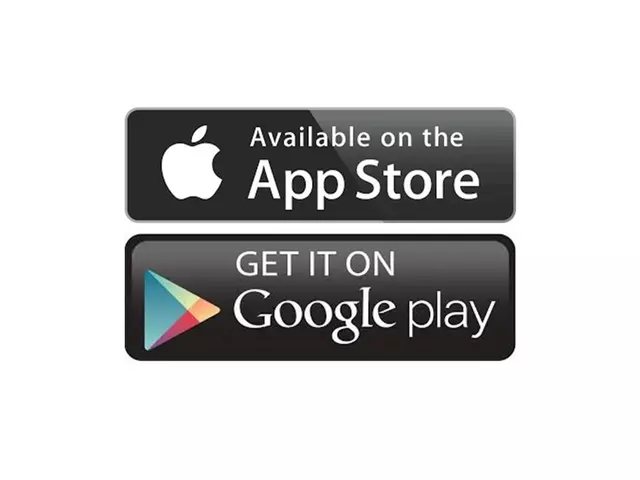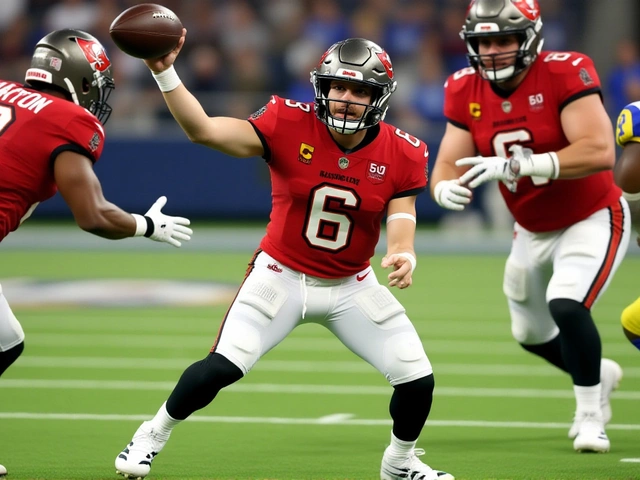Economics Education: Master Money, Markets, and More
When diving into economics education, the study of how resources are produced, distributed, and consumed, often taught through schools, online courses, or self‑guided practice. Also known as economic learning, it equips people to understand everyday financial decisions and the forces shaping societies.
One of the first building blocks is financial literacy, the ability to manage personal money, read a balance sheet, and evaluate investment risks. Financial literacy requires basic math skills and a grasp of interest rates, which is why many economics education programs include simple budgeting exercises. Another core pillar is microeconomics, the analysis of individual households, firms, and markets. Microeconomics influences personal budgeting because it explains how supply and demand affect the price of groceries, gadgets, or even in‑game items. Moving up the scale, macroeconomics, the study of national economies, inflation, unemployment, and fiscal policy, shows how government decisions ripple through job markets and affect your paycheck. Finally, economic policy, the set of rules and actions taken by governments to guide economic activity, shapes the environment in which both micro and macro forces operate.
Why These Topics Matter for Everyday Players
Even if you spend most of your free time gaming, the concepts above pop up everywhere. For instance, the article about how free online games earn money reveals real‑world monetization models: in‑app purchases, advertising revenue, and subscription tiers. Those are classic examples of economic policy at a company level, where developers decide how to price virtual goods and when to run ads. Understanding that model helps you see why a game might push a ‘buy‑now’ button after a level or why some titles remain free while others charge upfront. The same logic applies to personal finance—recognizing the incentives behind a purchase can prevent impulse spending.
When you grasp micro‑level decisions like a gamer choosing a skin because it offers a small performance boost, you’re actually applying microeconomic reasoning: weighing marginal benefit against marginal cost. On a macro scale, think about how a new console release can shift consumer demand, affecting global supply chains and even national GDP figures. That’s macroeconomics in action, and it shows why economics education isn’t just theory; it’s a lens you can use while watching a game trailer or planning a budget.
Our collection below pulls together guides that bridge these ideas with real‑world practice. You’ll find step‑by‑step tips on budgeting your gaming spend, breakdowns of how in‑game economies mirror real markets, and deeper dives into policy decisions that shape the digital entertainment industry. By the time you finish reading, you’ll have a clear picture of how economics education connects to the things you love and the money you manage every day. Ready to explore? Let’s jump into the articles that turn abstract concepts into usable skills.

U.S. Schools Ramp Up Personal Finance and Economics Courses Amid Growing Gaps
35 states now require personal-finance classes and 28 mandate economics study, reaching over 10 million students, but college gaps and teaching challenges persist.




